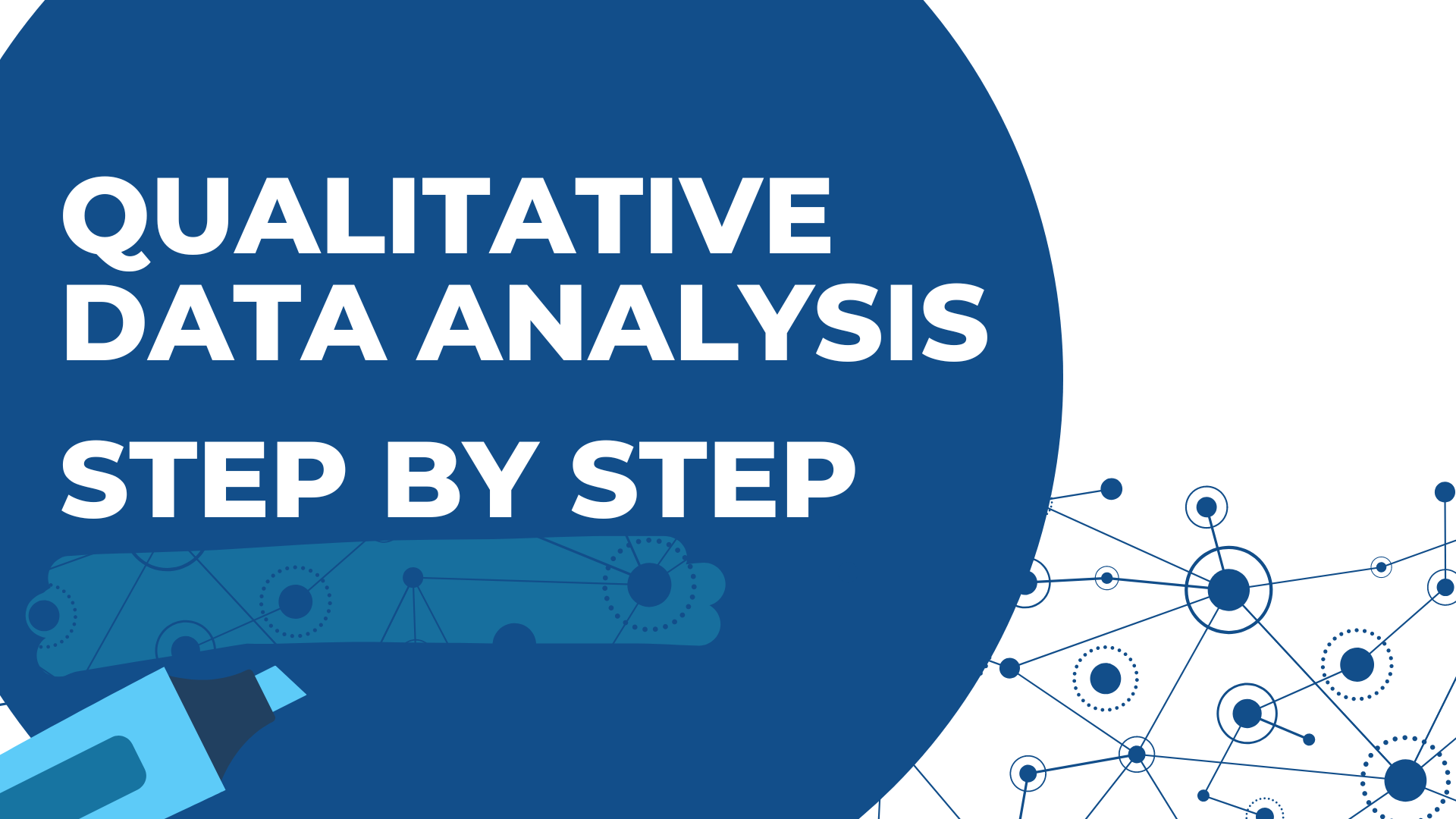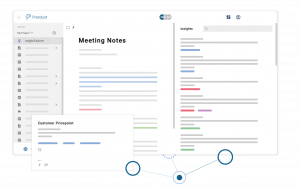
Qualitative research is a type of study that aims to understand the underlying reasons behind events or experiences. It is particularly helpful in answering questions about why things occur or do not occur. Typical use-cases include investment due-diligence, customer feedback assessments and academic research.
Qualitative data analysis is an essential step in the research process that involves examining and interpreting non-numerical data, such as written materials, transcripts of interviews, and field notes. The aim of this type of analysis is to uncover patterns and themes that provide insights into the experiences, opinions, and motivations of participants. One of the most widely used methods of qualitative data analysis is thematic analysis or content analysis.
Data Collection
The most widely used methods for data collection are document analysis, participant and non-participant observations, semi-structured interviews, and focus groups. During the analysis phase, field notes and audio recordings are transcribed and “coded” with the help of qualitative data management software. The choice of method depends on the research question and the suitability of the chosen method to answer it.
Data Analysis – Step by Step
Thematic analysis and content analysis are powerful tools for qualitative data analysis, providing researchers with the means to extract patterns from complex data sets and to gain deeper insights into their research topics.
Software tools such as Protolyst play a crucial role in qualitative data analysis, providing researchers with a range of tools and features to support the analysis process. These tools offer several advantages, including improved organisation, ease of coding and tagging, increased accuracy, time-saving, and collaboration features, making qualitative data analysis more efficient and effective.
The following list outlines an effective approach to analysing qualitative data:
Step 1: Centralise Your Sources
Import and store multiple data sources in one central location: This method allows you to gather, store, and organise various qualitative data sources in a single, easily accessible location. This makes it possible to have all relevant information in one place, which can save time and improve the efficiency of the data analysis process.
Step 2: Label and Organise
Organise sources by assigning attributes for comparative purposes: By assigning attributes to different data sources, you can compare and contrast them, highlighting similarities and differences. Analysing different sets of data side by side can enable you to identify the patterns, trends, and relationships between the sources, leading to a deeper understanding of the data.
Step 3: Annotate
Annotating sources and adding notes provides a way to add context and interpretation to the data. This can help you to better understand the meaning of the data and to develop new insights and ideas. Having these annotations in a central location makes it easier to review sources and revise interpretations over time, particularly when collaborating in a team environment. Thorough annotation and high quality note-taking at this stage will lead to easier and more fruitful analysis in the final stage, coding.
Step 4: Code
This is where the most value lies. Coding and tagging annotations allows you to categorise and group similar data points together. This process, known as thematic analysis, enables you to identify themes and patterns in the data and to see how different data sources relate to each other. By coding the data, you can quickly and easily identify areas of the data that are most relevant to your research questions, making it easier to draw meaningful conclusions from the data.
Data Reporting
The results of a thematic analysis are typically synthesised into a summary or report that is organised in a clear and concise manner. In the results section, the main findings of the analysis are presented, followed by detailed descriptions of the commonalities, discrepancies, and exceptions per category. To support the findings, include relevant quotations that add information, context, emphasis, and real-life examples. If you took the time to annotate and encode using the steps above, this should be straightforward.
In the discussion section, the results are interpreted and related to the research question and relevant literature. This section also provides a deeper understanding of the findings and how they relate to existing knowledge in the field.
Finally, the conclusion section summarises the main findings and highlights the implications of the results. This section provides a concise summary of the key takeaways from the analysis, making it easy for readers to understand the significance of the results.
The synthesised results of a thematic analysis are an important part of the research process and provide a comprehensive understanding of qualitative data. By presenting you results in a clear and organised manner, the report provides valuable insights and contributes to the advancement of knowledge in the field, so it’s important to dedicate time to this step.

